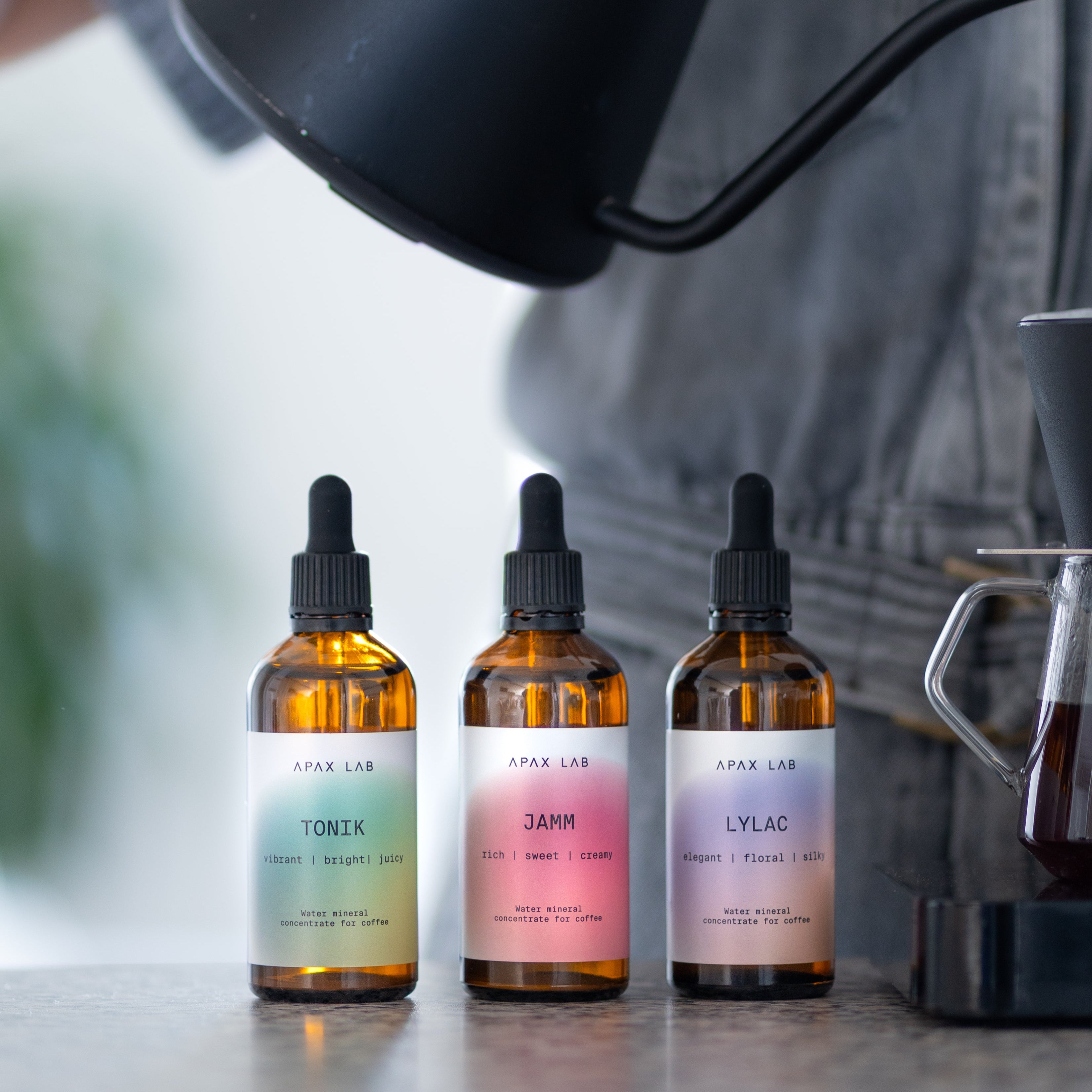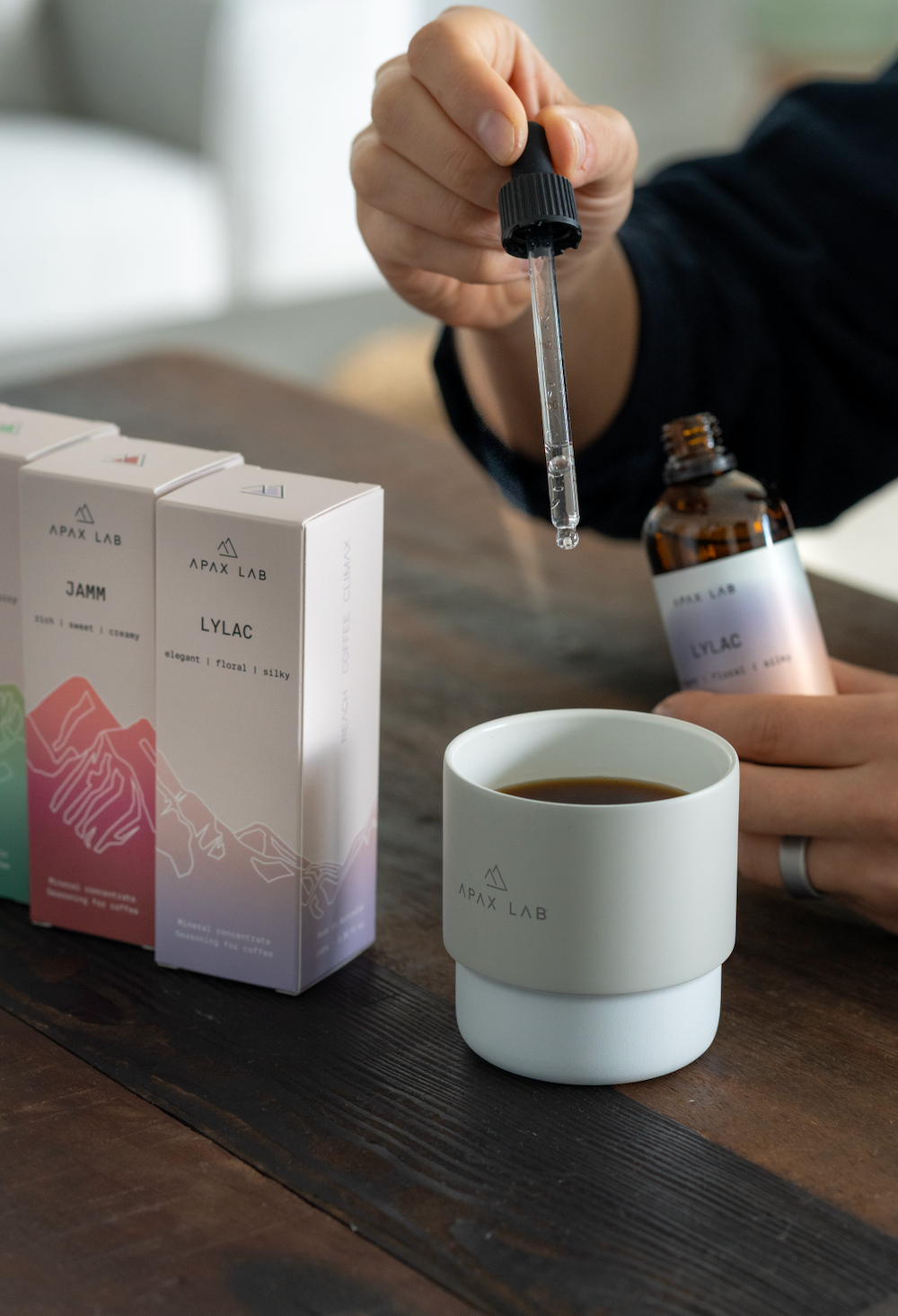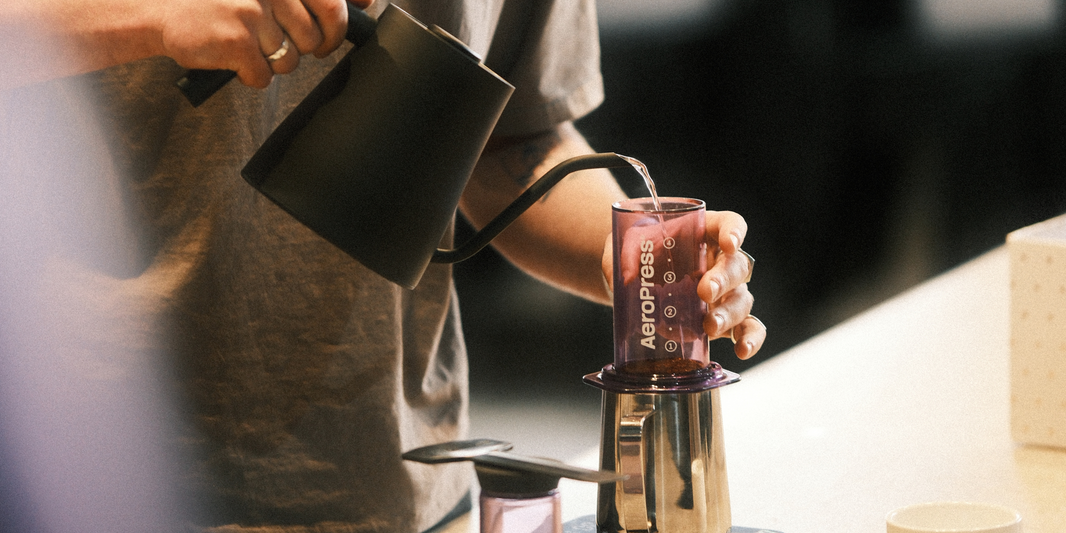A guide by APAX LAB on what truly impacts coffee flavour

Introduction: Not All Brewing Variables Are Created Equal
Every barista has been there: endlessly tweaking grind size, temperature, filters, water, ratios, chasing the “perfect cup.” Yet few stop to ask which of these variables actually matter most.
We’ve spent years studying how water chemistry, minerals, and brew dynamics interact to shape flavour. What we discovered is simple but game-changing:
Some brewing variables have a huge, predictable impact on flavour. Others barely make a dent, or make things worse.
This guide explores the 10 key variables that influence coffee flavour, ranked by impact and predictability, to help you focus your effort where it counts.
Whether you’re a home brewer, a café barista, or a competitor, this is your roadmap to smarter brewing decisions.
1. Grind Setting — The Most Powerful, Least Predictable Variable
The grind setting is arguably one of the biggest drivers of flavour. It determines how quickly water extracts solubles, affecting every single attribute in the cup.
But it’s also incredibly volatile. Tiny shifts in grind setting can swing the cup from syrupy and sweet to sharp and hollow. Each coffee behaves differently, making this variable both crucial and chaotic.
Key takeaway: Know your grinder, but don’t obsess over micro-tweaks. Expect variation, it’s built into the process.
2. Mineral Composition — The Silent Architect of Flavour
Water isn’t just a solvent and a variable; it’s a whole ingredient. The mineral composition of your water determines how your cup
Calcium enhances body. Magnesium boosts brightness. Bicarbonate smooths sharp acidity. Even minor shifts in the balance of these ions can make coffee taste like an entirely different one.
Once you understand how different minerals interact with coffee, water becomes your most precise and repeatable brewing tool.
That’s why we at APAX LAB focus on mineral design; creating waters tailored to unlock clarity, sweetness, and depth in any coffee.
Key takeaway: Changing your water can have a bigger effect than changing your coffee.
3. Water Temperature — The Accelerator
If water is the ingredient, temperature is its throttle.
Temperature governs extraction speed and determines what kinds of molecules end up in your cup.
Too hot, and bitterness dominates; too cool, and the cup tastes weak or underdeveloped. The ideal range varies with roast degree and processing style, but consistency is more important than a specific number.
A darker roast often shines between 85–90 °C, while a dense, light-roasted coffee might need 92–95 °C to open up.
Key takeaway: Use water temperature strategically, not as a fixed rule, but as a tuning dial. Once you are in the right range, the minor changes won’t make much impact.
4. Brew Ratio — Strength Meets Balance
Your brew ratio is the proportion of coffee to water. It defines both extraction yield and perceived strength.
It’s a critical variable but not a predictable one. Extraction isn’t linear: a change from 1:15 to 1:17 doesn’t necessarily make your coffee sweeter or cleaner in a consistent way. Each coffee’s solubility curve is unique.
Still, understanding ratio helps you adjust intensity and mouthfeel intentionally.
Key takeaway: Ratios guide structure, but expect different outcomes from different coffees.
5. Removing Chaff — Small Action, Big Reward
Chaff is the thin, papery skin that comes off roasted coffee. It never tastes good. It’s dry, bitter, and adds hollow notes to your brew.
Taking a few seconds to remove chaff after grinding leads to a noticeably cleaner, sweeter, and smoother cup. It’s simple, consistent, and effective.
Key takeaway: Clean coffee equals clean flavour.
6. Paper Filter — The Unsung Hero
Filters are the unsung architects of flavour. They control both flow rate and texture, influencing how oils and micro-fines pass into your final brew.
A denser paper like the Cafec Light Roast filter enhances clarity and brightness. A looser weave increases flow, yielding a fuller, more tactile cup.
Your choice of paper can change flavour as much as switching brewers entirely.
Key takeaway: Filter paper isn’t just a barrier, but a flavour-shaping tool.
7. Waved Water — The Future of Brewing Innovation
“Waving” is a modern process that uses ultra-low-frequency electromagnetic energy to influence the molecular behaviour of water. The result? A noticeably sweeter, smoother, more refined brew.
Used in competitions worldwide, Waved water consistently reduces bitterness and dryness while enhancing clarity and sweetness.
Key takeaway: An emerging variable that’s already proving measurable, repeatable improvements.
8. Sifting — The Precision Experiment
Sifting removes fine coffee particles using a mesh sieve, which improves clarity and lowers bitterness.
However, it can also flatten complexity and reduce sweetness by discarding particles that contribute body and depth. It’s a useful experiment for understanding grind distribution but not an everyday requirement.
Key takeaway: Great for experiments, less essential for daily brewing.
9. Brewing Device — Familiarity Over Fantasy
Brewers are often over-glorified. Geometry and material affect flow and thermal stability, but rarely redefine flavour entirely.
The truth: a good coffee brewed on a bad brewer still tastes good, and a bad coffee brewed on a fancy one still tastes bad.
Key takeaway: Master technique first. The device is secondary. Pick one you list and stick to it.
10. Cup / Drinking Vessel — Perception, Not Extraction
Cup shape, thickness, and even colour influence how you perceive aroma, sweetness, and acidity, but not the extraction itself.
A narrow rim amplifies aroma; a thick rim boosts perceived body. These are sensory adjustments, not structural ones.
Key takeaway: Aesthetic variables matter for experience.
How to Prioritise Brewing Variables
If you’re aiming for real, measurable improvement:
- Start with the fundamentals: Water composition, temperature, brew ratio, grind setting.
- Fix the negatives: Remove chaff, use quality filters.
- Then experiment: Waved water, sifting, and vessels for nuance and refinement.
Each step builds a foundation of control. From there, creativity and curiosity take over.
Understanding variables is part of unlocking perfection through control.
Our work with water mineral design, competition profiles, and Waved technology is built on the same principle:
Brew smarter. Pick your battles. And focus on the variables that truly matter.
Brewing coffee is a dance between precision and unpredictability.
The goal isn’t to control everything. It’s to know what’s worth controlling.
When you pick your battles wisely, every cup becomes a conversation between water, coffee, and intention.






